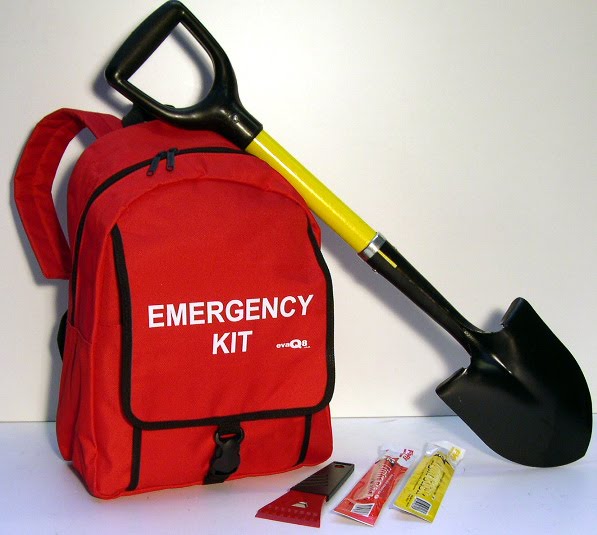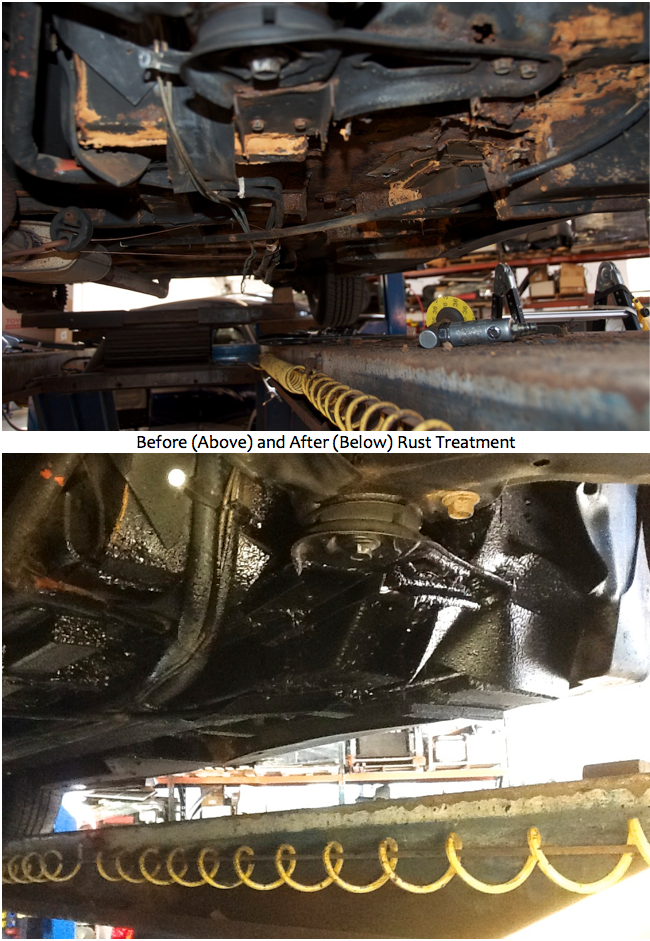With Christmas and New Year’s swiftly approaching, multitudes of people will be traveling. AAA predicts 98.6 million Americans will travel this holiday season between December 23, 2014 and January 4, 2015. The organization also anticipates that 91% will travel by car, truck, or van, 6% will travel by air, and 3% will take a bus or train. All of this travel traffic can make it treacherous to get around if you are not paying attention.
In addition to the higher risk of traveling during the holidays with the extra people on the road, the weeks before can also be dangerous as many folks are out shopping and may be distracted as the frantically rush around searching for the perfect gifts.
Awareness of the days with the highest number of vehicles on the road and staying alert are extremely important strategies to staying safe while traveling. Other strategies for staying safe are:
- Try to travel on days and at times that are not peak travel days and times. If most people will be traveling Wednesday through Sunday, try to travel Tuesday through Saturday. Strive to travel early in the day and at times when traffic volume is the lowest.
- Plan your route around malls, big stores, airports, and major sporting venues to avoid the crowds and congestion.
- Before a long drive, make sure you get plenty of sleep and have something to eat.
- Take breaks every few hours, even if you’re not sleepy. Get out and walk around to stretch your legs. Play Frisbee or catch with the kids. Have a snack. It will keep you more alert.
- Make sure your vehicle is in prime condition before the trip. Change the oil, if needed. Make sure the fluid levels and gas tank are full and that tires are properly inflated.
- Share the driving. If you are alone, turn on the music and crack the window to help stay alert. You may want to use your foot on the gas pedal to control the speed and not the cruise control to keep yourself more vigilant.
- Make sure everyone is buckled up.
- Make sure the vehicle is stocked with a map or atlas, jumper cables, spare tire, wiper fluid, first aid kit, pillow, blanket, and snacks. Bringing snacks from home is usually healthier and cheaper than getting them from a vending machine.
- If traveling with children, pack activities to entertain them such as movies, coloring books, toys, activity books, etc. Remember to stop for frequent breaks and to have some fun.
- Start looking for a gas station when your gas gauge reads ¼ tank. Don’t wait until you are on empty to fill up. The next exit with a gas station may be quite a distance away.


